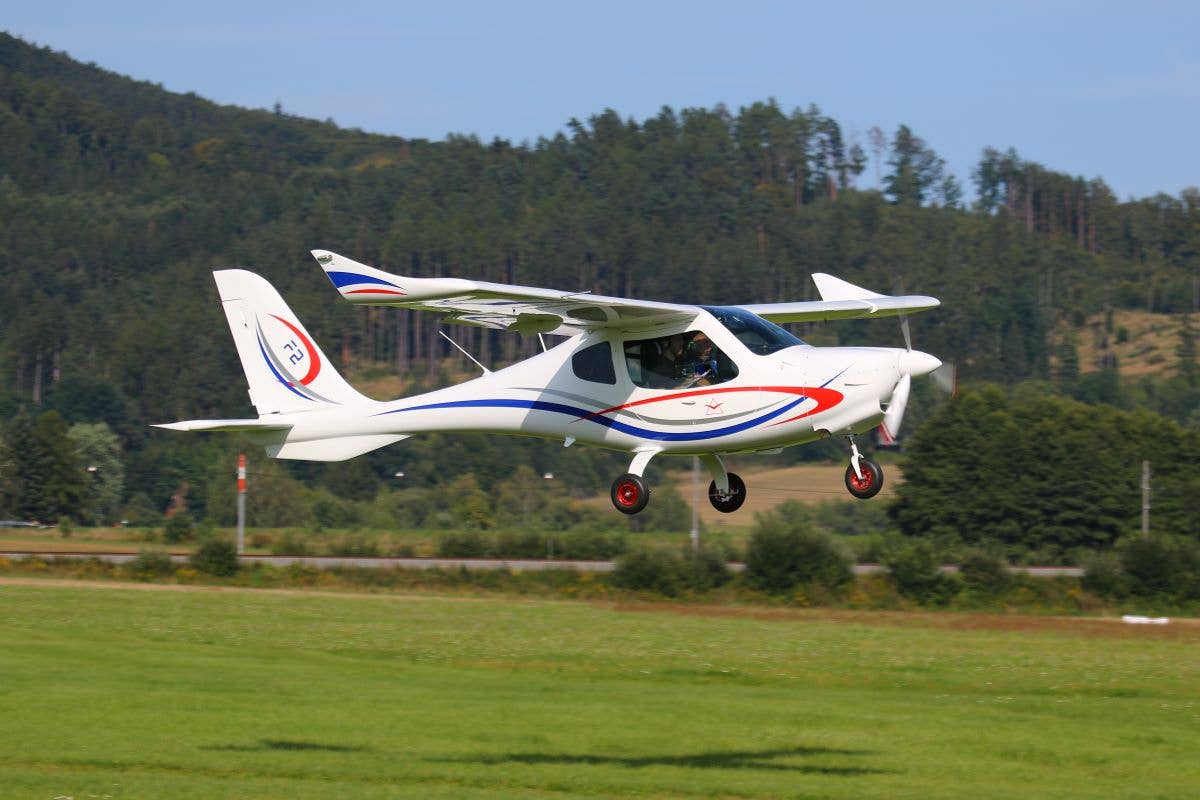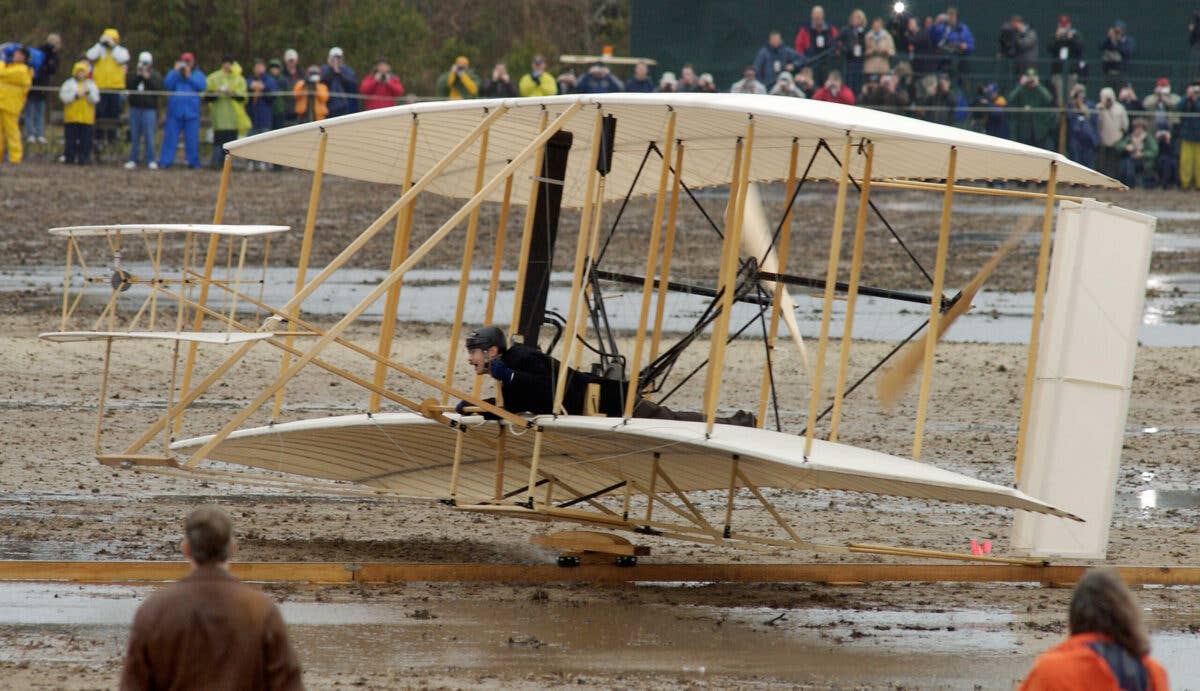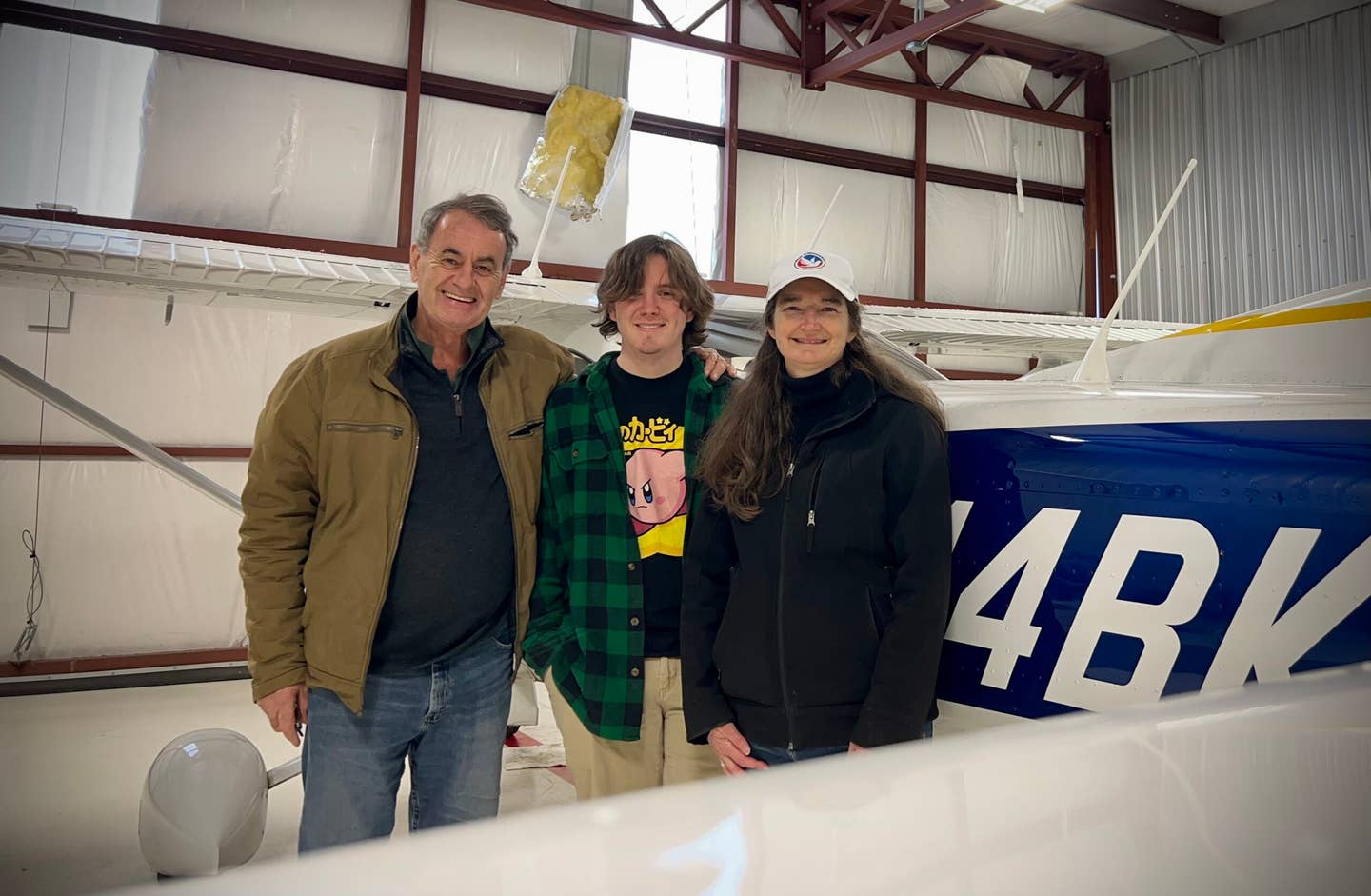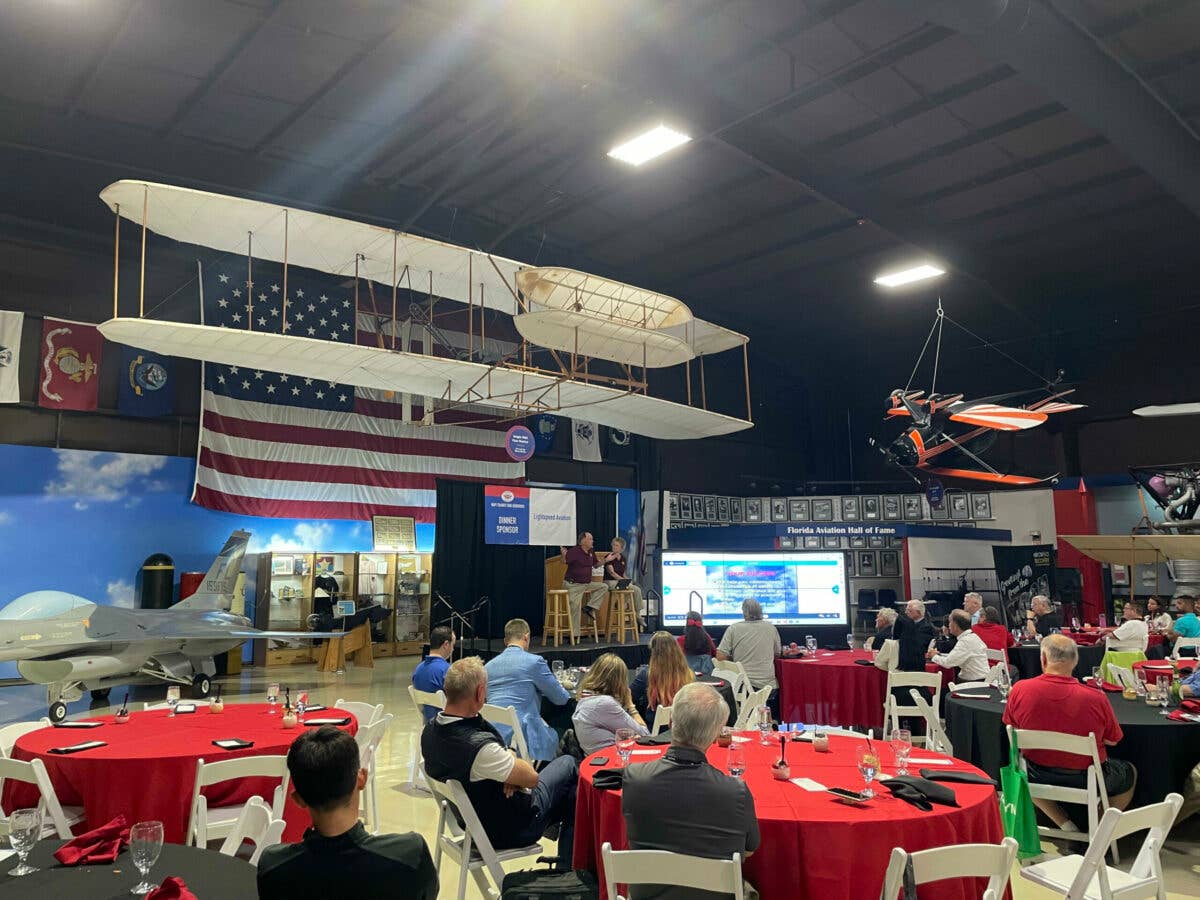Fuel Should Be On Your Mind
A panel of industry leaders at Sun ’n Fun Aerospace Expo sounds the warning on leaded avgas, and few folks were there to hear it.

Aviation leaders said at Sun ‘n Fun that the looming sunset of leaded avgas is an issue everyone needs to pay attention to. [File photo: Adobe Stock]
If the impending sunset of leaded avgas is such an existential threat to general aviation, why was this panel of industry leaders speaking to only a few dozen pilots instead of a packed hangar?
At the GA Town Hall hosted by the Sun ’n Fun Aerospace Expo on Wednesday at the Lakeland Aero Club in Florida, the heads of the General Aviation Manufacturers Association (GAMA), Experimental Aircraft Association (EAA), and the Aircraft Owners and Pilots Association (AOPA) gathered to address what Mark Baker, president and CEO of AOPA, called “probably the single most threatening [issue] to GA,” the impending sunset of leaded avgas, nominally the 100LL and previous fuels we’ve used to power the general aviation fleet since high-octane juice was introduced during World War II.
But Baker—along with Jack Pelton, president and CEO of EAA, and Pete Bunce, president and CEO of GAMA—spoke mostly to assembled press in the lively LAC hangar, surrounded by the ongoing aircraft-building activities of Lakeland-area youth.
EPA’s Endangerment Finding Is Coming
So what’s the issue? It must feel to many pilots as though we’ve heard this alarm before, that leaded fuel has left just about every sector of transportation except for general aviation’s piston fleet, so we must be prepared for its departure.
The threat is more than just idle fist-shaking in 2022.
The Environmental Protection Agency (EPA) is in the process of evaluating whether emissions from piston-engine aircraft powered by leaded fuel contribute in a significant way to the endangerment of public health.
The EPA proposal will be issued for comment by the end of 2022, with a final action determined in 2023.
The panel confirmed the timeline isn’t just a bureaucratic spitball, but a very real one—and one that GA’s associations cannot affect. While many efforts to curtail general aviation in the U.S.—through restrictions such as user fees and additional regulation—have typically been staved off through association efforts with Congress, the panel agreed that won’t be possible with this proposal.
“There’s no appetite in Congress to take the issue on,” Pelton said. “We’ve had some of our biggest supporters on environmental issues in aviation who have already told us they are not getting in the way of this one.” Baker added, “We don’t want to be the last pollutant, putting airborne lead in the air, in general aviation.”
There’s also tacit consensus that the “final action” the EPA will issue is likely to include the sunsetting of leaded fuel by 2030. That’s only seven years away—a tight timeline when it comes to the aircraft certification, infrastructure changes, and regulatory framework needed to solve the problem without leaving pilots of high-performance pistons stranded—or worse.
‘Huge Safety Issue’
With no single drop-in unleaded avgas replacement available for aircraft running 220-hp-plus engines, this is soon to become a worldwide problem, unless there is significant effort put into it now.
While the PAFI (Piston Aviation Fuels Initiative) sought a complete replacement for 100LL and fell short of that mark, it was successful in outlining the testing protocols needed to evaluate and validate proposed fuels into the myriad of powerplant and airframe combinations that make up this portion—roughly 30 percent—of the GA fleet.
But it’s still far from easy to put a new fuel through those paces. Current replacement fuels that partially answer the problem, such as Swift 94UL and GAMI’s 100UL rely upon the supplemental type certificate (STC) process to gain acceptance for use. STCs are proprietary, however, and because they are produced and owned by a commercial entity they run the risk of being orphaned. And those STCs cover quite a few aircraft, but still not the high-performance corner of the GA market that’s most affected—and that uses 70 percent of the 100LL that’s pumped every day in the U.S.
Without a solution, Baker outlined the looming safety concerns brought about by putting the wrong fuel into these machines, because of detonation—the explosion of the fuel-air mixture inside the cylinders in a piston engine—rather than the even burning of fuel.
Pointing to the number of airports in California that have taken action to stop selling 100LL, he said, “I consider that to be a huge safety issue, because we know that if you put a 94 or…no-lead fuel in a high-compression engine…you have a very high likelihood of detonation. This is a huge safety issue today.” It will only take a handful of misfueled aircraft suffering power loss and engine failures to critically impact GA operations nationwide.
Therefore, wholesale localized bans of leaded fuel at random airports pose a serious problem.
“We have an industry that’s committed to change, in the next seven or eight years,” continued Baker, “but if you start having this fuel unavailable, and people show up with their Cirrus or Baron or Bonanza, or whatever it is, there’s a high likelihood you’re gonna have a real big problem.”
A Distribution Problem, Too
Once a new fuel or set of fuels comes online, then it will be time to get the fuel to the aircraft operator, through the network of airports and FBOs that currently deliver avgas and jet-A.
Pelton outlined the airport-by-airport issue at hand—we can’t expect those entities to simply stand up a new tank—or tanks—next to the self-service pumps.
““The thing I’m most concerned about today is keeping low-lead available until we find the solution.” ”
Mark Baker, AOPA president and CEO
Indeed, finding a replacement fuel is “a piece of it,” he said. “You still have distribution, you still have storage, you still have our petroleum companies’ willingness to stand [it] up.”
The EAGLE program announced earlier this year at GAMA’s State of the Industry conference addressed this as one of its pillars. The overarching goal of EAGLE is that, no later than 2030, the industry will no longer produce or distribute leaded fuel in North America.
Baker laid it out plainly: “The thing I’m most concerned about today is keeping low-lead available until we find the solution.”
If the industry fails to find a 100-octane solution by 2030, Bunce outlined the Band-Aid that the industry would need to slap on. “In our discussions with a lot of the fuel companies, what we would probably have to do is ask them to get us the highest octane they possibly can, and then test that properly.”
Running on High Octane
I couldn’t help but note that the panel discussion was taking place on April 6, what would have been Donald Douglas’ 130th birthday. The founder of the Douglas Aircraft Company brought to life the Douglas DC-3 and its military brethren, the C-47 and other variants that lifted the Allies to victory in World War II. In his comments, Bunce related the genesis of 100- and 130-octane avgas during that time.
Our ability to use that fuel to power the C-47’s massive 1,200 hp Pratt & Whitney Twin Wasps gave us military advantage over the Nazis. Our solution then allowed the U.S. to overcome a formidable, existential threat to democracy and our collective humanity.
The clock is ticking loudly right now—and it cannot be ignored or brushed off as another “green initiative” unworthy of our attention. I used to believe that the DC-3 would keep flying to her 100th birthday in 2035, if only we could keep those 1830s in good cylinders. Now, I see that the true threat lies in the loss of the high-octane fuel that powers them.
If climate change doesn’t feel like an existential threat to you, maybe the loss of our ability to fly high-performance aircraft—and icons like the DC-3—should, and will resonate.

Subscribe to Our Newsletter
Get the latest FLYING stories delivered directly to your inbox






